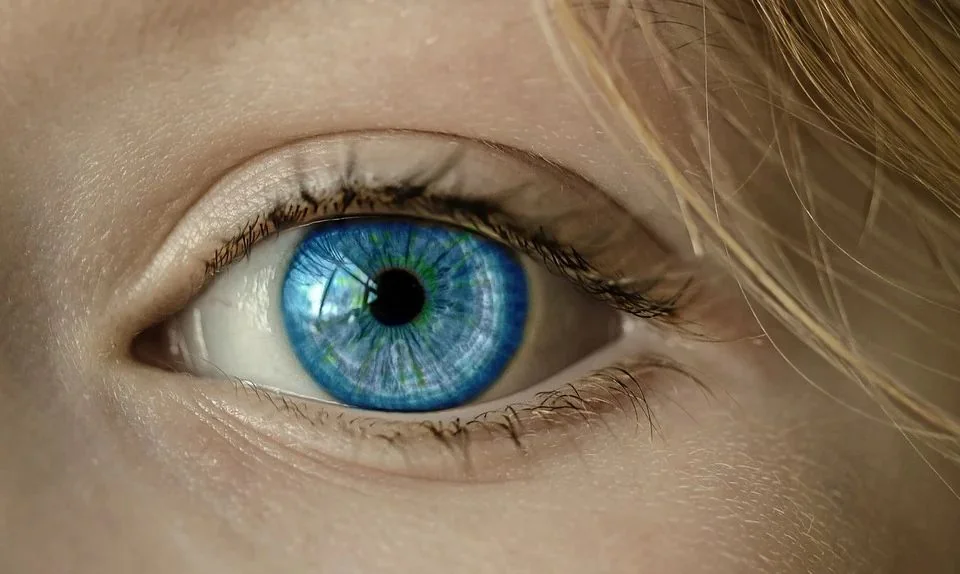
Reading is a pleasure it would be a shame to miss out on. When you know all the benefits of reading, it's easy to see why we probably never read enough. But did you know that reading on a tablet is dangerous for your eyes?
Many of you have already started reading ebooks on smartphones and tablets.
But we're going to see here that reading on a tablet (and therefore, by extension, a smartphone) represents a danger to your eyes.
The tablet screen and your eyes: a real danger
There's a real problem with reading on a tablet: lighting.
Tablets and smartphones use lighting placed behind the screen: this is what makes for vivid colors and uniform illumination.
The problem is easy to understand: the light from the screen comes directly into your eyes.
A solution to this problem is to use reflective screens: this time, the light “bounces” off the screen before reaching your eyes. As a result, the light is less powerful and does not reach your retina directly.
It's a bit like looking at a light bulb:
- If you look directly at it, you'll hurt your eyes.
- If you look at a white sheet of paper illuminated by this bulb, you'll be able to withstand the light from the bulb more easily.
Unfortunately, reflective screens for tablets are very rare and offer less than optimal color reproduction (see TCL's NxtPaper). There's also the alternative of the e-reader (see below), which uses a screen that does very little to tire the eyes.
Yes, reading on a tablet is dangerous for the eyes
Another major problem is the presence of blue light.
Tablet lighting, and other LED ou LCD screens, emits blue light. While the effects of this light on the body are still difficult to determine with any certainty, initial studies show that caution is called for.
The light is created by the illumination, and it's impossible to switch it off on a tablet. Manufacturers therefore use a system that applies a filter to the colors rendered by the screen.
Clearly, once the system is activated, the screen appears more “orange” or “yellow”, as there is less blue color present.
It's a good start, but it doesn't completely solve the problem.
More generally, studies show that tablet lighting causes us to blink less often (30% to 50% less than with a paper book). As a result, our eyes dry up more quickly, creating a major inconvenience.
In addition, reading on a tablet is not at all equivalent to reading on paper: you retain much less (see this study).
Reading: how to protect your eyes?
The question arises as to whether the only safe way to read is on paper.
And it's true, paper remains an excellent reading medium.
But there are also e-readers with technical features that partially or fully limit the dangers to your eyes.
Unlike tablets, e-readers use a screen with a different technology called “electronic ink”.
E-ink screens render characters as if they were on paper. Reading comfort for the eyes is therefore total and identical to paper.
E-ink screens emit no light, so even without power, you can still read what's displayed on them.
For even greater comfort, e-readers also feature lighting. But, unlike the system used on tablets, the illumination on a e-reader is present on the sides of the screen and is therefore not pointed directly at the eyes.
This new study investigated the impact of blue light from tablets on retinal health. Human retinal cells (ARPE-19) were exposed to blue light emitted from two types of tablets: backlit LCD screens and frontlit e-paper displays. The researchers then measured the oxidative stress response within the cells.
The findings indicate that exposure to blue light increased reactive oxygen species (ROS), a marker of oxidative stress, in cells exposed to both devices. However, the rate of ROS accumulation was two to three times slower with e-paper displays compared to LCD screens. This suggests that e-readers may be a more protective option for retinal health during extended use.
Another advantage of a e-reader over a tablet is that the lighting can be switched off when not needed.
If, however, you still wish to use the light, the mid-range and top-of-the-range e-reader models all feature a blue light filter (color temperature adjustment).
The e-reader is therefore a particularly useful and much safer tool for everything to do with reading ebooks.
You can find a selection of the best current e-readers on our site.
If you liked this article, consider sharing this page on social network or to someone that could benefit from the information.








